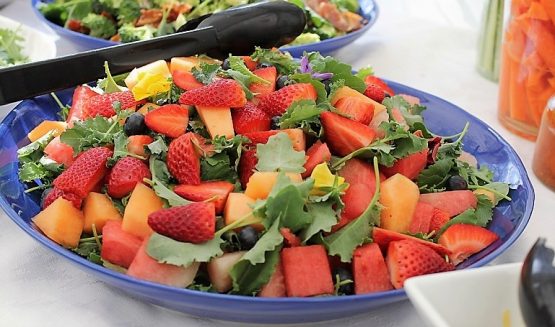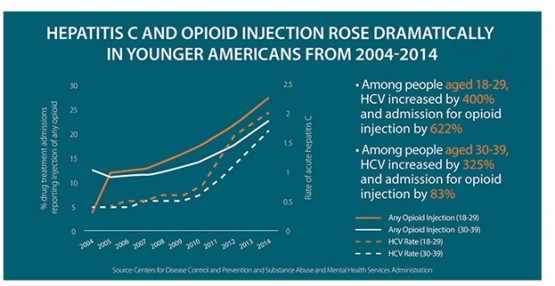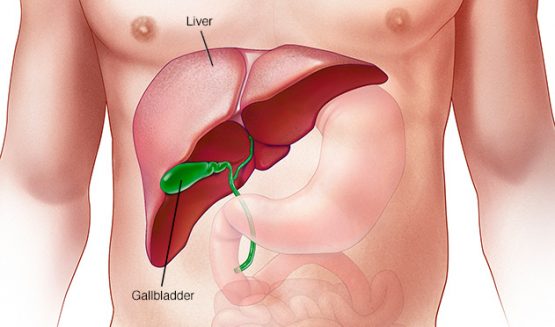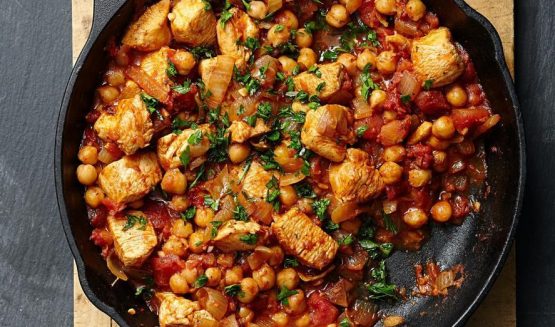Summertime equals fun time! It’s exciting to think about all the creative — and easy — ways we can reinvigorate our daily routine by updating to a liver-friendly diet; and particularly doing so, without using the stove during this often sweltering season. If you’ve been reading ADRLF’s recipe blogs, you already know how we love antioxidant-rich foods that nourish the liver. So we invite you to shake up the season.

Enjoy these liver-nourishing salads and dressings year round! (Photo credit: Hagelund/Pixabay)
The liver is a hardworking organ that’s responsible for regulating nutrients, protein, fat and other chemicals that enter the bloodstream. It breaks down alcohol, sugar, and drugs, among others. If you think about your daily food and alcohol consumption, you can have an idea of how much demanding work your liver does — every minute of the day — to metabolize your daily intake.
To ensure that the liver maintains its proper functionality, it’s important to keep your super-organ healthy by eating food with high antioxidants — the cell-repairing goodness found in fruits and vegetables with vitamins A, C, and E. ‘Detox’ salads, for example, have natural detoxifying ingredients that help cleanse the body’s toxins, thereby promoting normal liver health.
Enrich your diet with these liver-nourishing salad recipes that can put a tasty spin on your busy lifestyle!
Brain Power Detox Salad (from Gimmesomeover.com)
This unique recipe combines omega-3-rich salmon with blueberries — known to have the highest antioxidant content among fruits — and avocados, which are also filled with antioxidant-rich lycopene and beta-carotene nutrients.
Ingredients:
For the salad
8 ounces smoked salmon, roughly chopped
1 avocado, peeled, pitted and diced
4 cups baby spinach (or mixed greens)
1/2 cup fresh blueberries
1/4 cup light feta or blue cheese crumbles
1/4 cup chopped walnuts (optional)
1/2 red onion, thinly sliced
For the dressing
1/3 cup olive oil
2 tablespoon apple cider vinegar
1 tablespoon chia seeds
1 tablespoon honey
1/4 teaspoon salt
Directions:
To make the vinaigrette
Whisk all ingredients together until combined and emulsified.
To make the salad
Toss all ingredients together until combined. Drizzle or toss with vinaigrette.
Serve slightly chilled, preferably — and increase your smarts, while you dazzle your taste buds.
Detox Kale Salad (from Food Fanatic)
Flavorsome greens like kale and broccoli are rich in antioxidants that help flush out toxins and carcinogens. Kale, in particular, is a superfood that contains flavonoids and vitamin K that are key nutrients in preventing liver damage.
Ingredients:
For the salad
2 cups dinosaur kale, tightly packed and thinly sliced
2 cups red cabbage, thinly sliced
2 cups broccoli florets
2 large carrots, peeled and grated
1 red bell pepper, sliced into matchsticks
2 avocados, peeled and diced
For the dressing
1/3 cup grapeseed oil
1/2 cup lemon juice, fresh
1 tablespoon fresh ginger, peeled and grated
2 teaspoons whole grain mustard
2 teaspoons pure maple syrup, optional
1/4 teaspoon salt (or just a dash to taste)
1/2 cup fresh parsley, chopped
1 cup walnuts
1 tablespoon sesame seeds
Directions:
To make the dressing
Whisk together all ingredients for the dressing (or put everything in a small blender for deeper blending) and set aside until ready to use.
To make the salad
Add the kale, cabbage, broccoli, bell pepper, and carrots to a large serving bowl. Pour desired amount of dressing over the salad and toss until everything is coated.
Add the parsley, diced avocado, sesame seeds, and walnuts and toss again. Serve as an entrée salad or as a side salad to your favorite meal.
Cauliflower-Tomato Detox Salad (from BlissfulBasil.com)
Colorful tomatoes and lemons are high in both antioxidants and vitamin C that support the liver’s natural cleansing ability. This recipe also calls for garlic, which contains allicin and selenium — both of which aid in liver detox.
Ingredients:
For the salad
1 head of cauliflower, stemmed and cut into large pieces
2 cups finely chopped dino or lacinto kale, stemmed
2/3 cup dry-packed sun-dried tomatoes, chopped
1/4 cup finely chopped Italian parsley
1/4 cup chopped fresh basil
1/3 cup raw pine nuts
1/4 cup hemp seeds
1/4 cup raw pepitas (shelled pumpkin seeds)
For the dressing
1/4 cup fresh lemon juice
1/4 cup raw tahini
1 garlic clove
1/4 cup water
1/2 teaspoon fine-grain sea salt or to taste
Pinch of freshly ground black pepper, to taste
1 teaspoon agave nectar or pure maple syrup* (optional)
Directions:
To make the salad
Grate the cauliflower pieces in a food processor with the grater attachment firmly in place. You can also use the regular attachment and pulse until the cauliflower is riced.
Transfer the riced cauliflower to a large, non-reactive bowl, and add in the kale, sundried tomatoes, parsley, basil, pine nuts, hemp seeds, and pepitas.
To make the dressing
Add the lemon juice, tahini, garlic, water, sea salt, and black pepper to a blender. Blend on high for 1-2 minutes, or until smooth and creamy. If desired, add in somewhere between 1/2 to 1 full teaspoon of agave nectar to balance the acidity of the dressing.
Pour the dressing over the cauliflower mixture and toss to coat. Serve-up the freshness!
Enjoy these easy-breezy to make and scrumptiously savory summer salads this for the coming weeks — or better yet, all year-round!
For more liver-friendly salad and dressing recipes, click here
For other healthy recipes, visit our blog










 Middle Eastern Chicken and Chickpea Stew (from
Middle Eastern Chicken and Chickpea Stew (from 




















